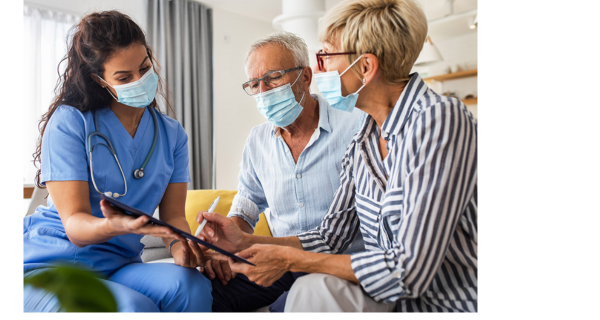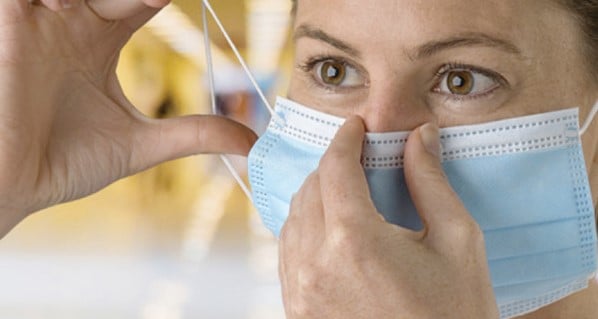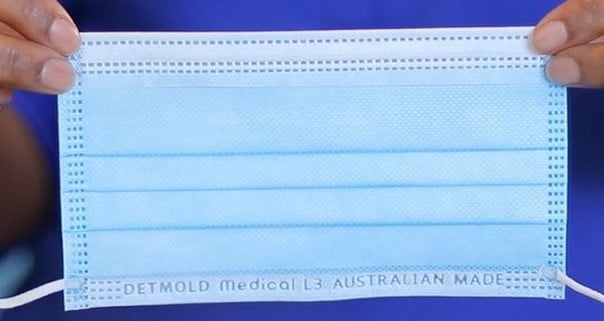Medical devices like masks and respirators cannot be supplied and sold in Australia without going through the process of registering the product on the Register of Therapeutic Goods and obtaining an ARTG number. Read on to understand more about the role of this requirement and its role in making sure respiratory protection equipment meets certain criteria before being sold into the Australian market.
What is ARTG?
The Australian Register of Therapeutic Goods, or ARTG for short, is the public database of therapeutic goods that can be legally supplied in Australia. You can search ARTG to find details of therapeutic goods approved for supply.
Products that are regulated by the requirement of needing to be accepted onto the Register are:
- Medicines,
- Medical devices, and
- Biologicals.
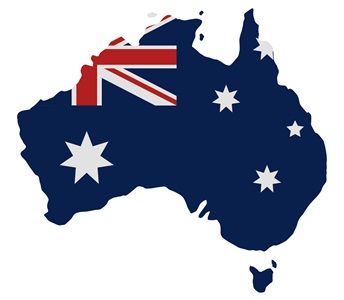
How are disposable face masks and respirators regulated?
One of the main categories of products in the ARTG, are medical devices, which include medical face masks and respirators.
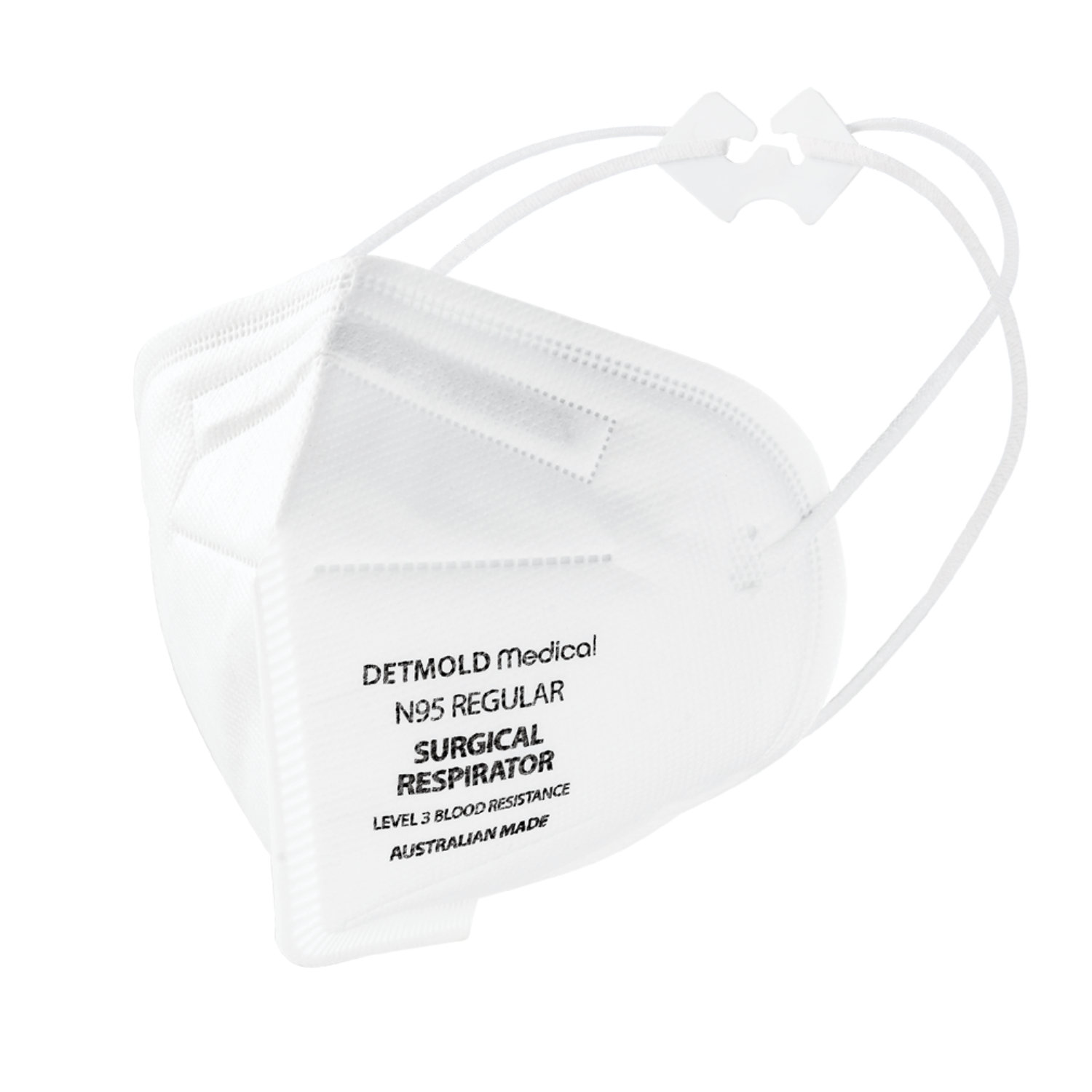
Face masks and respirators are considered a medical device in Australia, if the manufacturer makes any of the following claims:
- The face mask or respirator is to be used to prevent the transmission of disease between people, or
- The face mask or respirator is suitable for therapeutic use, such as surgical, clinical, or medical use, or use in other health services.
Face masks that are intended to be used for safety or as personal protective equipment (PPE) and not as a medical device are exempt from needing to be registered.
Face masks or respirators that are deemed medical devices must be included on the Australian Register of Therapeutic Goods (ARTG) before they can be manufactured or supplied for commercial use in Australia. In order to be included on the ARTG, medical face masks and respirators have to go through a number of steps before obtaining approval.
What is ARTG?
The Australian Register of Therapeutic Goods, or ARTG for short, is the public database of therapeutic goods that can be legally supplied in Australia. You can search ARTG to find details of therapeutic goods approved for supply.
Products that are regulated by the requirement of needing to be accepted onto the Register are:
• Medicines,
• Medical devices, and
• Biologicals.
Step 1: Conformity assessment
Face masks and respirators must undergo a conformity assessment. This stage involves a rigorous testing and evaluation phase to gain relevant certification. This certification demonstrates that the devices meet the necessary Australian and international standards for safety and performance.
Medical masks are generally assessed in accordance with three key performance metrics:
• Bacterial filtration efficiency (BFE),
• Synthetic blood penetration, and
• Differential pressure or breathability.
In addition to blood splash resistance and bacterial filtration assessment, surgical respirators must also undergo additional testing, including:
• Particulate filtration efficiency (PFE),
• Breathing resistance, and
• Facial fit.
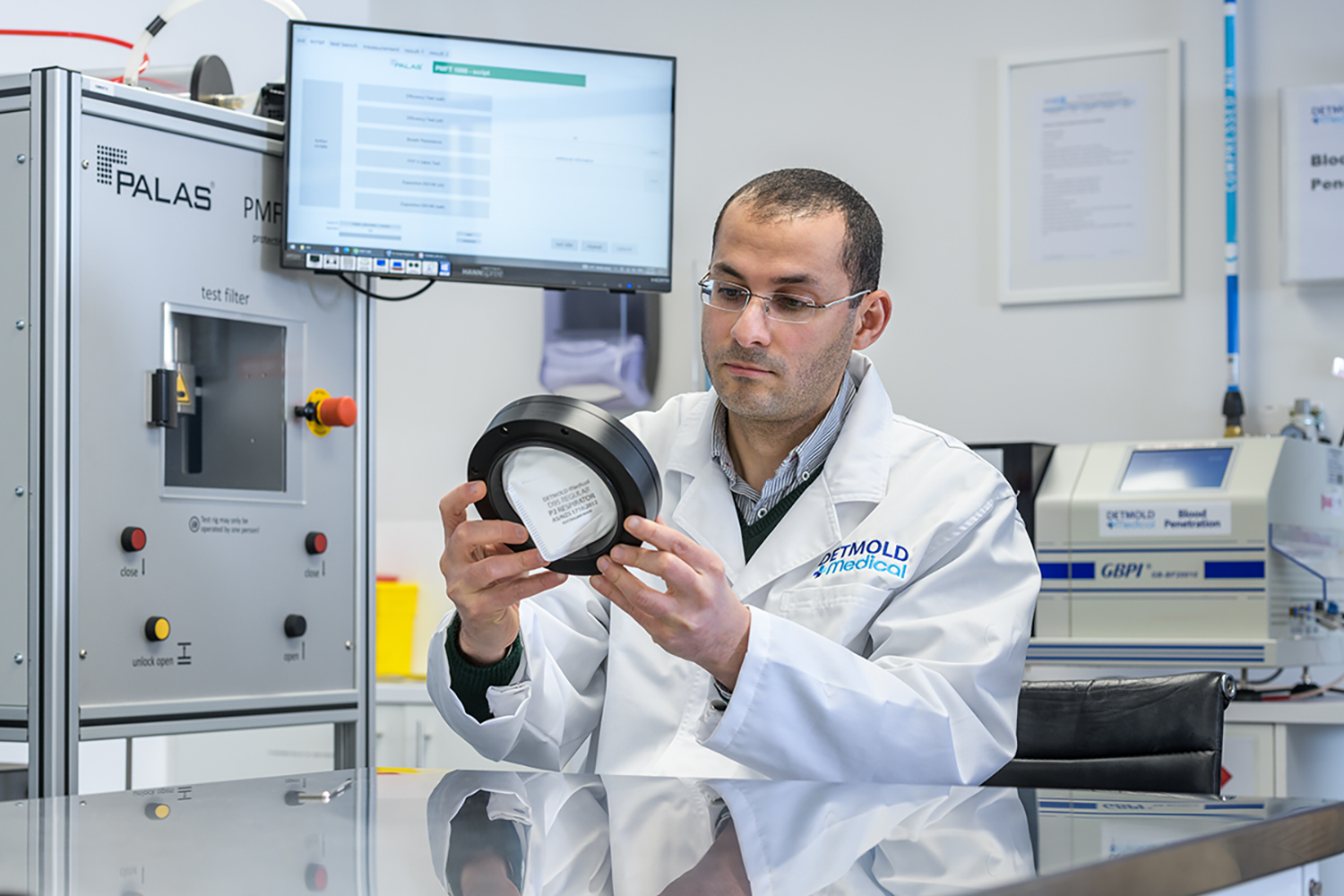
Step 2: Inclusion on the Australian Register of Therapeutic Goods (ARTG)
Once the face masks and respirators have been shown to meet the safety and performance requirements detailed in the relevant standards, manufacturers, importers, or sponsors can then apply to have their devices included on the ARTG. Face masks and respirations must be included on the ARTG before they can be legally supplied in Australia.
As part of the application process, documentation and evidence relating to the regulatory, technical, clinical and safety aspects of the device must be submitted for evaluation.
Step 3: Labelling and Advertising
If the devices have been assigned an ARTG Number, it is important to ensure that all information is accurate and complies with regulatory standards. While it is not a requirement, the ARTG number can be included on the product labelling or on the packaging so long as it complies with the advertising and endorsement regulations.
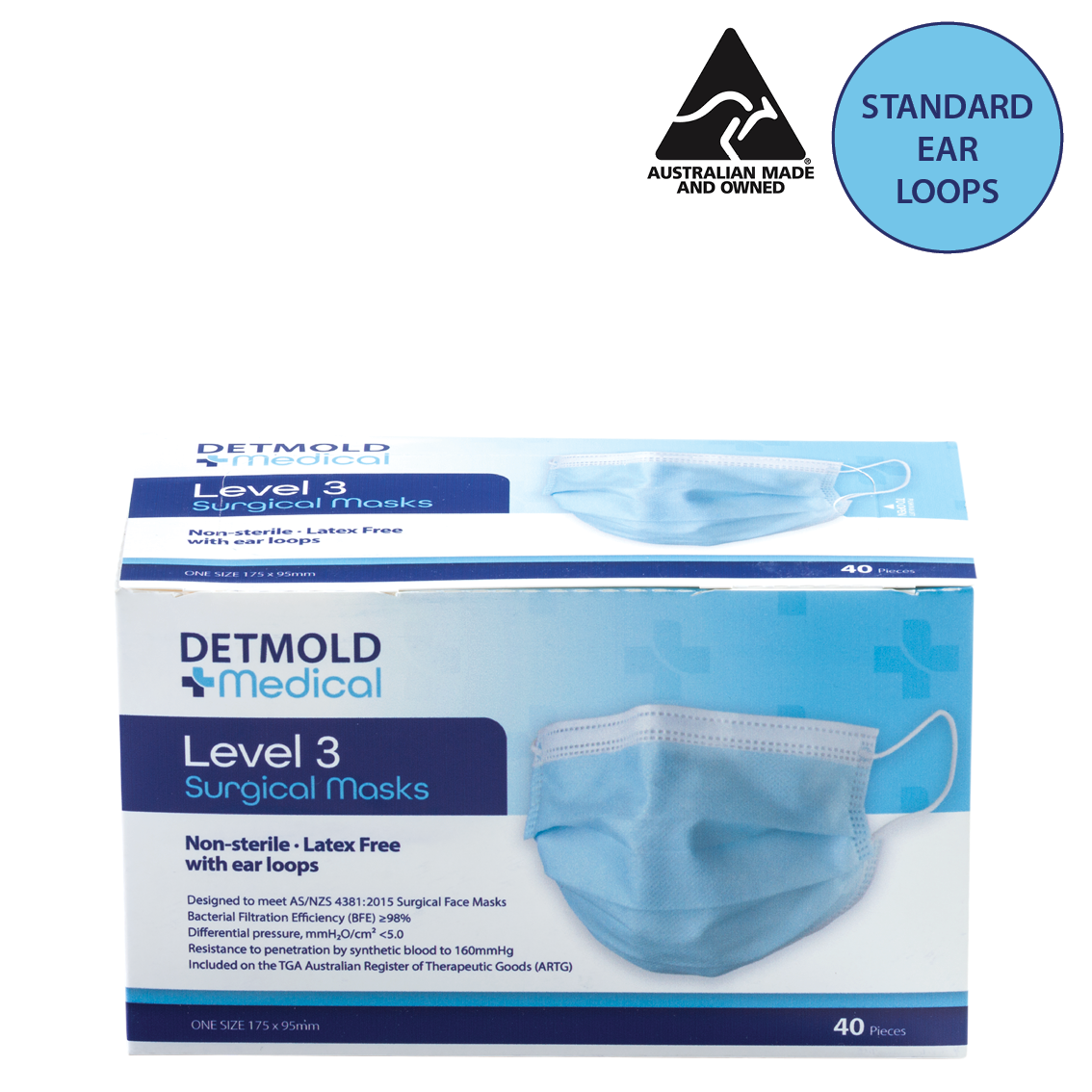
As a general rule, masks, and respirators on the ARTG should display:
• Product identification,
• Manufacturer information,
• Conformity markings,
• Instructions for use,
• Material information,
• Storage and handling instructions,
• Batch or lot number,
• Expiry date, and
• Size and fit information.
Step 4: Post-market Monitoring
All medical face masks and respirators are subject to post-market monitoring, even after they have been approved for inclusion on the ARTG. This is to ensure the devices continue to meet the relevant safety standards and regulatory requirements. Common post-market monitoring activities include:
- Assessing and investigating reports of issues with medical face masks and respirators,
- Checking evidence that medical devices continue to adhere to the Essential Principles,
- Carrying out periodic inspections of manufacturers, and
- Requiring manufacturers and sponsors to report adverse events and other information involving their medical devices within specific timeframes.
The TGA collates these reports in a database, which is regularly monitored to identify any spikes or unusual trends. A risk assessment is undertaken by a panel of clinicians and scientists within the TGA to determine if an investigation is required. Investigations can result in product recalls, hazard and safety alerts, product modifications or improvements by the manufacturer or surveillance audits of manufacturing sites.
Ultimately, the ARTG Register plays a key role in ensuring the consumer can trust the safety and effectiveness of respiratory protective equipment (RPE) in Australia. Respiratory protection is vital for safeguarding against harmful airborne substances, and ARTG serves as a comprehensive database that assesses the quality and compliance of these products.
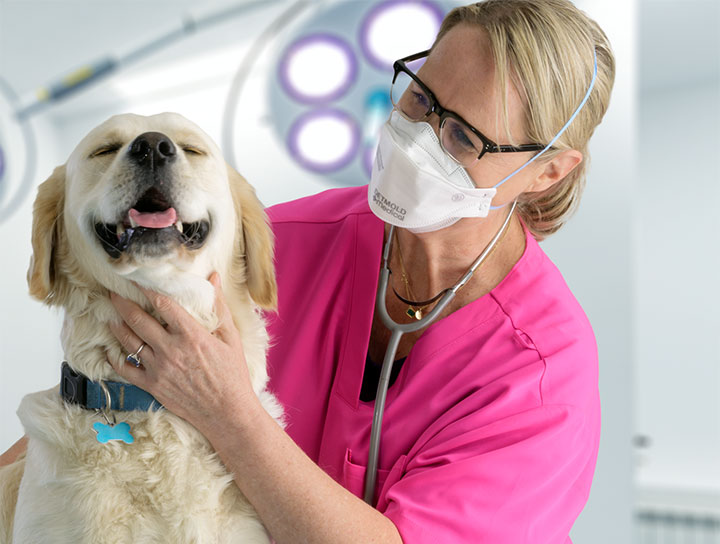
By understanding ARTG meaning, individuals and organisations alike can make informed choices when it comes to choosing appropriate respiratory protection. At the end of the day, the ARTG Number indicates reliable equipment to protect their health and wellbeing across various industries and professions.
At Detmold Medical, our collection of high-quality face masks and respirators has been designed and tested to meet the performance requirements of relevant Australian and international standards. Explore the range today or use our face mask comparator to find the best mask for your needs.

As a manufacturer in Australia we are proud to celebrate Australian Manufacturing week. You can also celebrate with a sale on 3-Ply Community Face Masks, Level 2 Medical Procedure Masks and N95 Surgical Respirator Masks from the 15th April to the 19th April 2024, inclusive.


